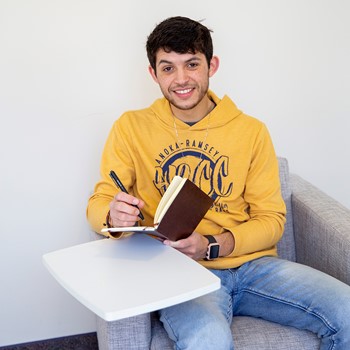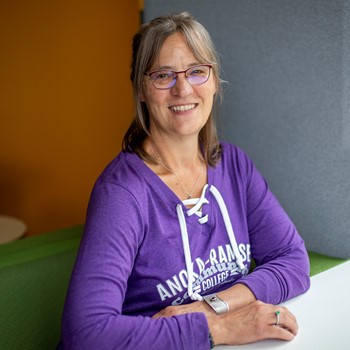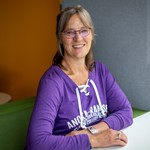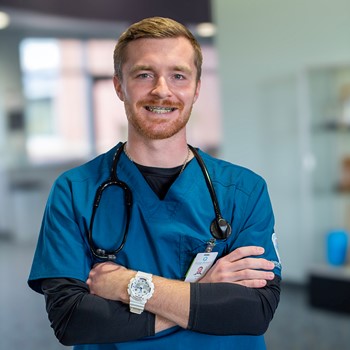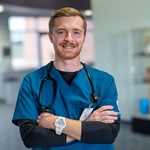The Minnesota Transfer Curriculum (MnTC) is a collaborative effort among all two-year and four-year public colleges and universities in Minnesota to help students transfer their coursework in general education between institutions.
If a student completes their MnTC at a Minnesota State institution, the student’s lower-division general education requirements are considered complete at any public university in Minnesota, as well as several private and out-of-state colleges (see list colleges that accept the MnTC below).
Full list of Anoka-Ramsey courses included in the MnTC
Visiting Students
If you are a visiting student looking to take a course or two with Anoka-Ramsey, learn more about the simple steps to stay ahead in your education with affordable, transferable courses:
- Visiting Student from Minnesota State Institution
- Visiting Student from Non-Minnesota State Institution
List of colleges that accept the MnTC
- Augsburg University
- Bethel University
- College of St. Scholastica
- Concordia College (Moorhead)
- Concordia University (St. Paul)
- Hamline University
- Gustavus Adolphus College
- Minnesota State System
- North Dakota State University
- St. Catherine University
- St. Mary’s University
- University of Minnesota System
- University of North Dakota
- University of St. Thomas
- University of Wisconsin Eau Claire
- University of Wisconsin La Crosse
- University of Wisconsin River Falls
- University of Wisconsin Stout
- University of Wisconsin Superior
Grades of A, B, C and D are accepted in the MnTC; however, a cumulative 2.0 MnTC GPA is required to complete the entire 40-credit, 10 Goal MnTC. All of the following competencies are included in our lower-division general education. These courses are also used in the general education portion of the Associate of Arts, Associate of Science, Associate of Applied Science, Associate of Fine Arts degrees and certificate programs.

